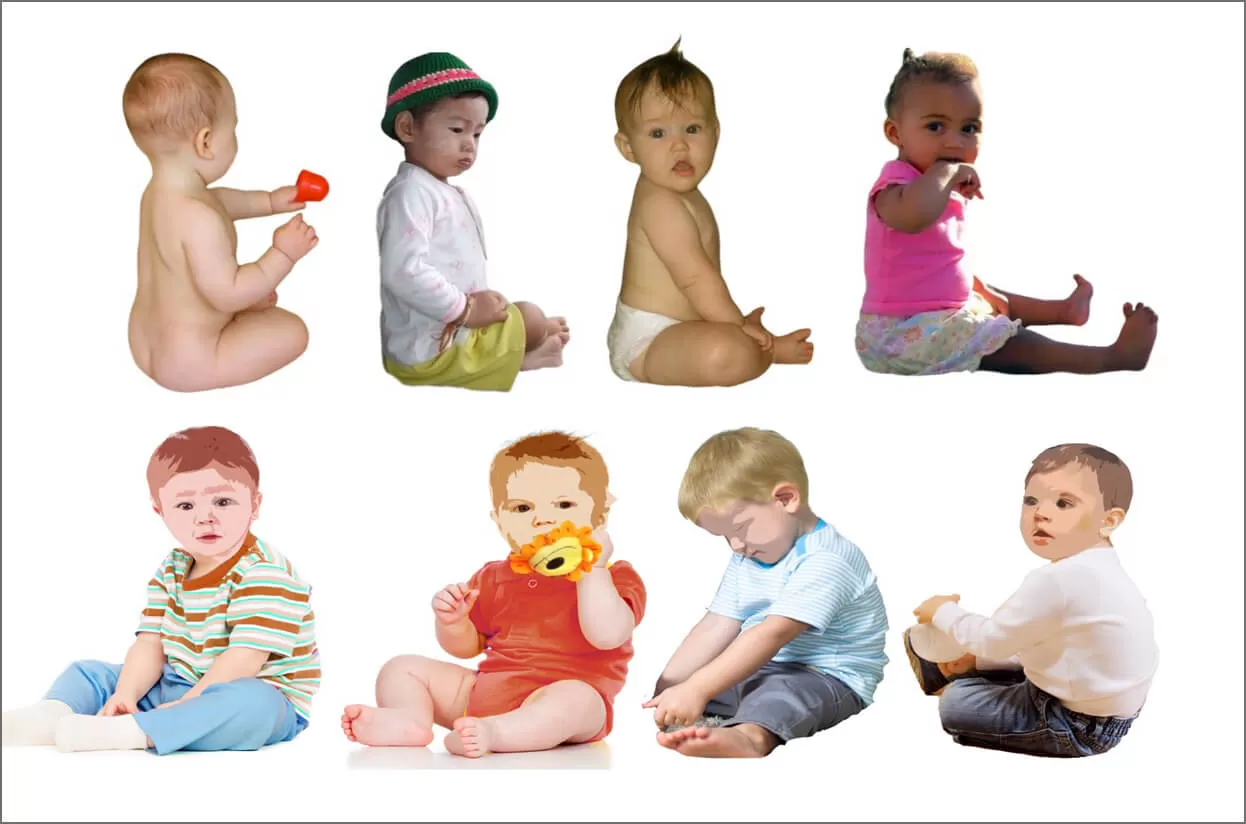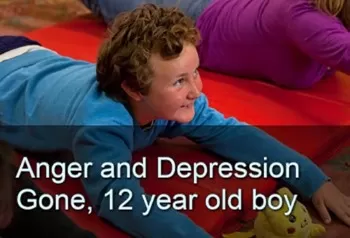Core Strength, Posture, and Stamina
Primitive Reflex Integration for Improvements in Core Strength, Stamina, Posture, and Mood
by Sonia Story, M.S.
When you think of core strength and stamina, what comes to mind?
If we want to be active in ways that are enjoyable and sustainable, it is important to have core strength and stamina.
Human beings are meant to move with ease and strength. By moving we stay uplifted and engaged in life. A lack of movement can lead to depression. What is one of the best ways to combat depression? Through physical activity and exercise (Heissel et al., 2023). But what can we do if moving itself is chaotic, tiring, or uncomfortable?
An inability to move with ease, along with a lack of core strength and stamina, is often due to deficits in neurodevelopmental movements from the early stages of infancy. This can leave an individual with poor posture and poor quality of movement that remains through childhood and beyond. You can see a visual representation of this in the two sets of baby photos below. The infants in the top row are aligned with core strength and will have the stamina to explore the world and develop well. Sadly, the infants in the bottom row lack core strength and alignment. These slumped babies are likely to struggle with fatigue and poor brain, body, and sensory development.
 Photos from Kathleen Porter, author of Healthy Posture for Babies and Children
Photos from Kathleen Porter, author of Healthy Posture for Babies and Children
What is the remedy? Doing the innate neurodevelopmental movements of infancy is one of the best ways to develop proper movement and improve core strength and stamina—no matter what age we are. There are several important categories of innate neurodevelopmental movements:
- Infant Rhythmic Movements
- Primitive Reflex Integration
- Postural Reflex Integration
- Developmental Movements
- Play and Bonding
All of these categories are included in the Brain and Sensory Foundations program and they are especially good for laying the foundations for alignment, posture, core strength, stamina, and better mood!
Check out the remarkable changes in stamina this mother witnessed in her 10 year old daughter:
"After a summer of doing her movements consistently, 5-6 days a week (10 minutes to 30 minutes) Maggie's increased stamina is amazing! A 1/2 hr swim would wear her out last spring—now we not only go swimming but she takes a demanding dance class a few hours later and keeps up just fine. Maggie herself says, 'Lots of things are easier now.' Maggie is now able to concentrate longer, is less likely to get frustrated, and she is more willing to take on challenges."
B. Peterson, parent
You will also see outstanding improvement in this young boy's core strength. In 6 months, he went from not being able to do even one sit-up, to doing 38 sit-ups in one minute! At the same time, he also made improvements in balance, auditory processing, emotional regulation, handwriting, and more. Here is his story documented by his mother.
sit-up, to doing 38 sit-ups in one minute! At the same time, he also made improvements in balance, auditory processing, emotional regulation, handwriting, and more. Here is his story documented by his mother.
 What about depression? A depressed individual is often seen with head down and a slumped posture. A 12-year-old boy suffered with depression, anger, and sensory issues, though his mother had tried many things to help him. After doing the neurodevelopmental movements, this boy's outlook completely turned around and he became positive, productive, and less sensitive.
What about depression? A depressed individual is often seen with head down and a slumped posture. A 12-year-old boy suffered with depression, anger, and sensory issues, though his mother had tried many things to help him. After doing the neurodevelopmental movements, this boy's outlook completely turned around and he became positive, productive, and less sensitive.
Core strength and stamina allow us to do what is important and meaningful in our lives. You can help yourself, your loved ones, and the children in your life with these effective neurodevelopmental movements from the Brain and Sensory Foundations program.
References
Heissel, A., Heinen, D., Brokmeier, L. L., Skarabis, N., Kangas, M., Vancampfort, D., ... & Schuch, F. (2023). Exercise as medicine for depressive symptoms? A systematic review and meta-analysis with meta-regression. British Journal of Sports Medicine, 57(16), 1049-1057.
Porter, K. (2017). Healthy posture for babies and children: Tools for helping children to sit, stand, and walk naturally. Healing Arts Press
Sonia Story, M.S. has been teaching neurodevelopmental movements since 2006.
Sonia developed the Brain and Sensory Foundations program to provide comprehensive training in neurodevelopmental movements—combining innate rhythmic movements, play, primitive reflexes, and postural reflexes.
She earned a Bachelor's degree in biology/psychology and a Master’s degree in Movement Sciences. She is the author of The Importance of Reflex Integration and the Evidence eBook, giving the rationale and evidence basis for using neurodevelopmental movements for helping with challenges such as ADHD, Sensory Processing Disorders, anxiety, emotional dysregulation, visual skill deficits, poor social skills, gross and fine motor delays and other neurodevelopmental and behavioral disorders.
Her work is featured in numerous podcasts, summits, and conferences, and in the books Almost Autism: Recovering Children from Sensory Processing Disorder; Special Ed Mom Survival Guide; Family Health Revolution; and Same Journey, Different Paths—Stories of Auditory Processing Disorder.
Sonia’s mission is to help children and families experience the profound benefits of neurodevelopmental and integrative movements for more functional and fulfilling lives.


